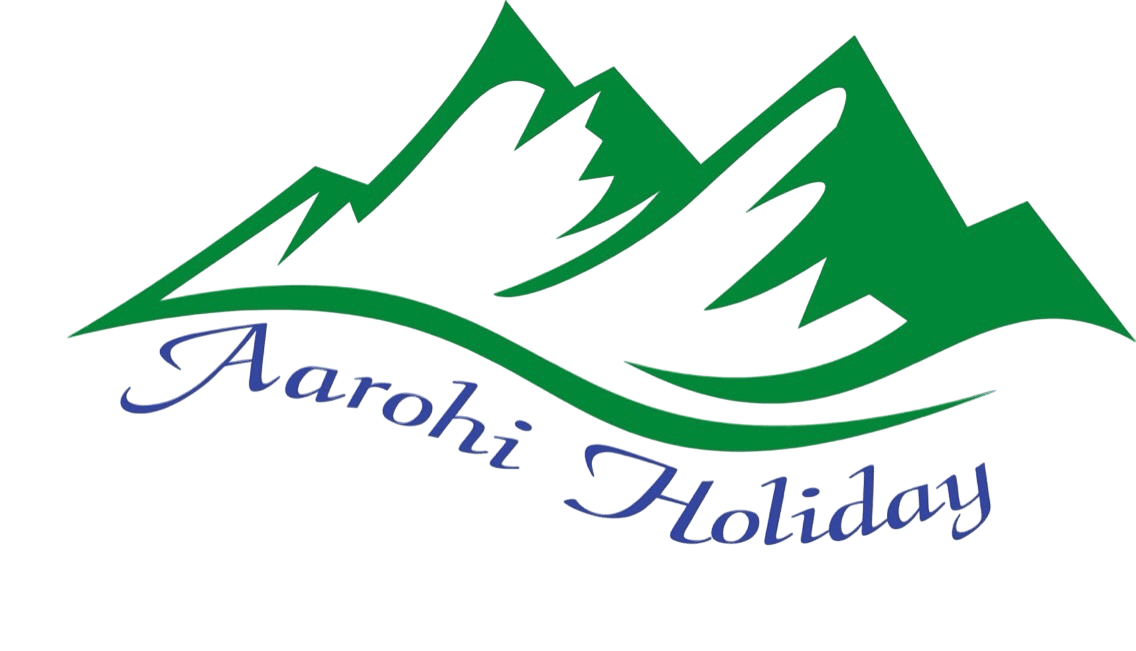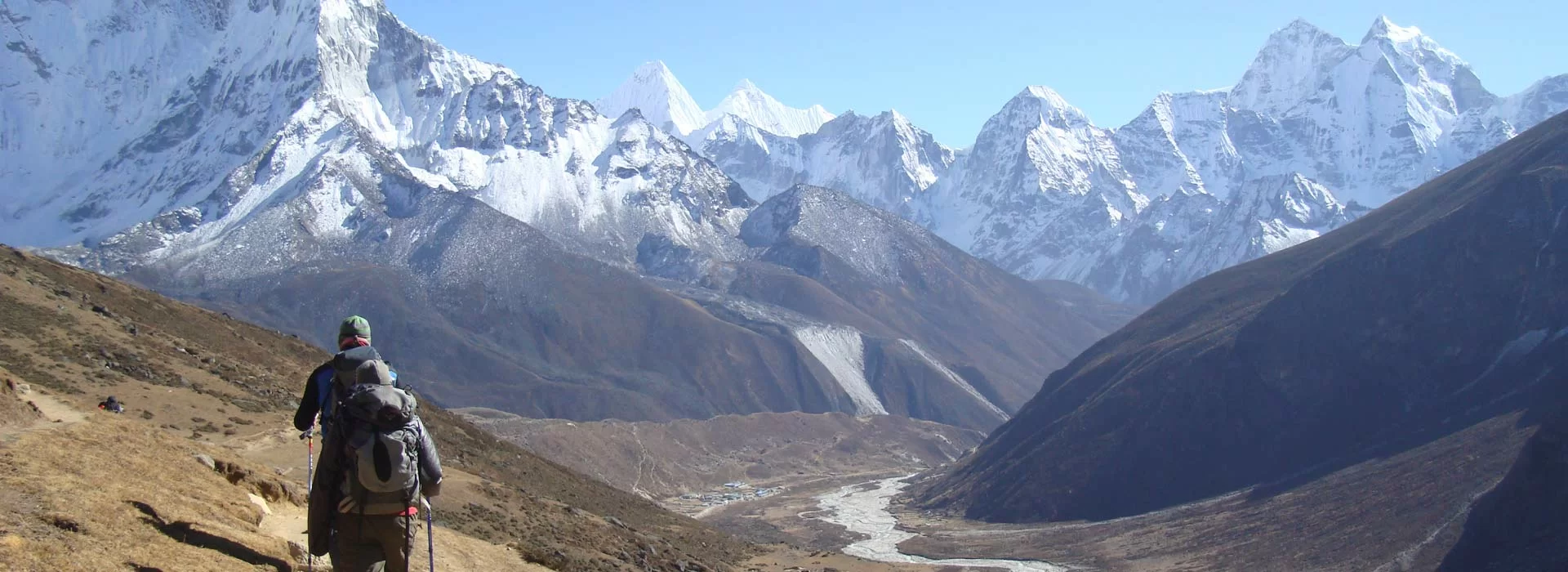Tibet Shisapangama Trek Overview
The Tibet Shisapangama Trek is one of the most thrilling adventure treks in Tibet, offering trekkers a chance to explore a hidden Himalayan jewel. Shisapangama, standing at 8,027 meters, is the youngest of the world’s highest peaks and the only 8,000+ meter mountain located entirely within Chinese territory.
Located west of Mount Everest and tucked behind the Langtang range, the trek begins near the Nepal-Tibet border and leads through lush meadows, vibrant wildflower fields, and remote highland landscapes. The southeast side of Shisapangama experiences occasional nighttime rains from June to early September due to the monsoon, but the days are usually clear, revealing stunning views of the surrounding mountains.
This trek combines challenging adventure with incredible scenery, cultural exposure, and a chance to witness one of Tibet’s most remote and beautiful peaks. With experienced guides and careful planning, the Tibet Shisapangama Trek promises an unforgettable journey and memories that will last a lifetime.
Route to Tibet Shisapangama Trek
The journey to the Shisapangama Trek begins in Kathmandu with arrival and preparation days before driving to Nyalam, a Tibetan border town. After a rest and acclimatization day, the trek starts from Nyalam and gradually moves toward Draabochan, following high-altitude trails through rugged terrain. From Draabochan, the route continues to Shingdip, offering views of alpine meadows and snow-covered peaks. The path then leads to the Base Camp of Shisapangma at 4,980 meters, where trekkers are rewarded with close-up views of the towering 8,027-meter peak. The return follows the same trail back through Draabochan and Nyalam, before continuing by vehicle to Lhatse, Shigatse, and Gyantse. The trek concludes in Lhasa, where two full days are spent exploring historic sites such as the Potala Palace and Jokhang Temple. This route blends trekking in remote mountain landscapes with cultural discovery in Tibet’s historic cities.
Why Choose Us for Your Tibet Shisapangama Trek
The Shisapangama Trek takes you into one of Tibet’s most stunning and less-traveled regions, with sweeping views of the Himalayas and the chance to stand at the base of an 8,000-meter peak. This journey combines remote trekking with cultural exploration in Tibet’s historic cities, creating an experience that is both challenging and rewarding. With many ways to explore the region, we ensure your trek is safe, comfortable, and memorable.
- We are a trusted, government-registered local company with over 10 years of experience in treks and tours across Nepal, Bhutan, and Tibet.
- Our licensed Tibetan guides share their deep knowledge of local culture, landscapes, and history, adding meaning to every step of your journey.
- Safety is always our priority, with guides trained in first aid and altitude awareness to support you throughout the trek.
- We provide an online pre-trip briefing after booking, with details on the itinerary, packing list, and preparation tips.
- Hassle-free booking with secure payments and transparent pricing, with no hidden costs.
- Private airport pick-up and drop-off services are included in both Nepal and Tibet for a smooth travel experience.
- Our 24/7 support team is available to assist you before, during, and after your trip.
- Comfortable hotel stays in Kathmandu, Nyalam, and Lhasa are included, offering rest and relaxation between trekking days.
- We support sustainable tourism by working with local staff, guides, and communities, helping to preserve Tibetan culture and livelihoods.
- Our carefully designed itinerary balances trekking days with acclimatization and sightseeing, so you can enjoy the journey at a steady pace.
Alternative Tibet Shisapangama Trek
Looking for alternatives to the Shisapangama Trek? The Explore the Soul of Tibet Tour (4 days) offers a quick cultural introduction. The Tibet Tour (9 days) combines Lhasa, Gyantse, and Shigatse highlights. The Mt. Kailash Hilsa Trek (11 days) follows a sacred route through remote landscapes. For a deeper pilgrimage, the Kailash Mansarovar Yatra (15 days) includes a full circuit of Mount Kailash and holy Lake Mansarovar.


